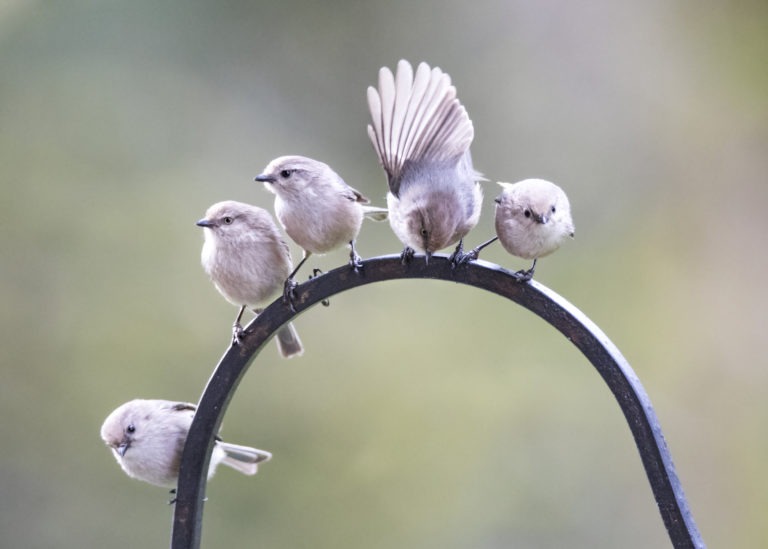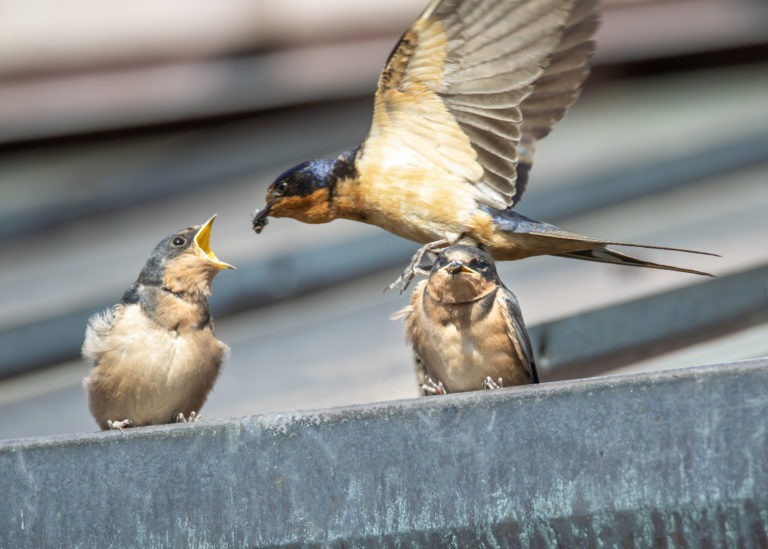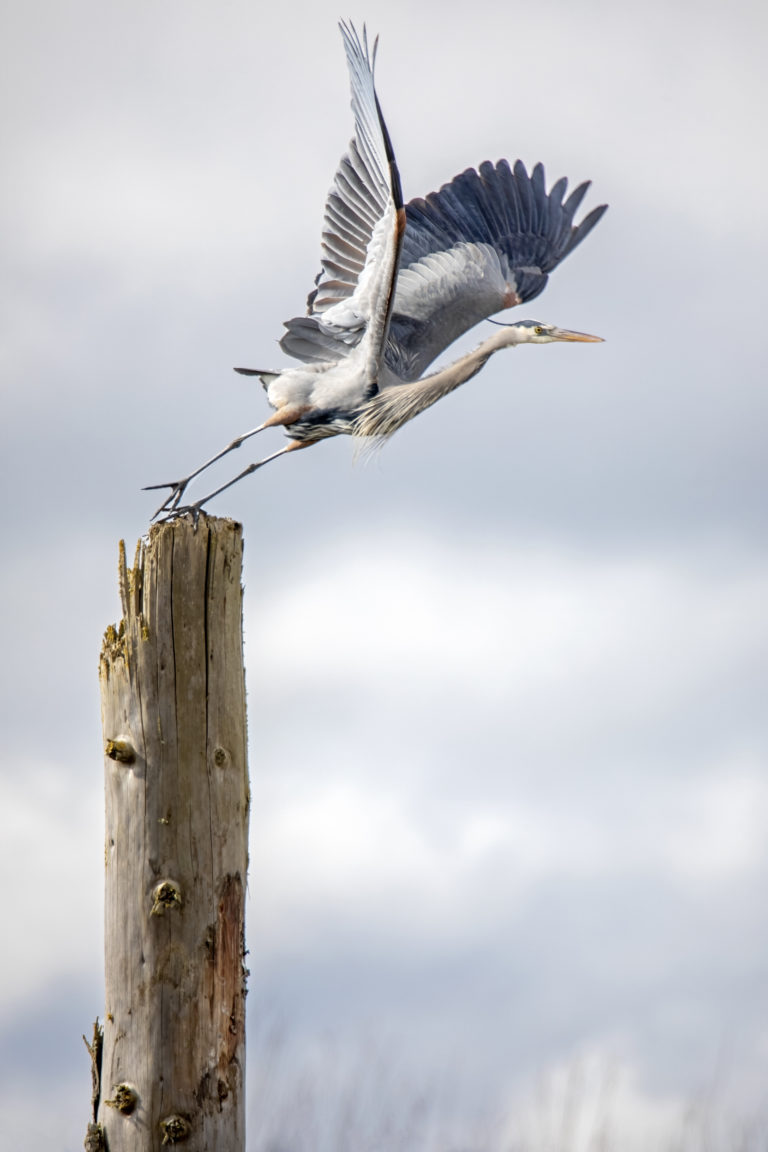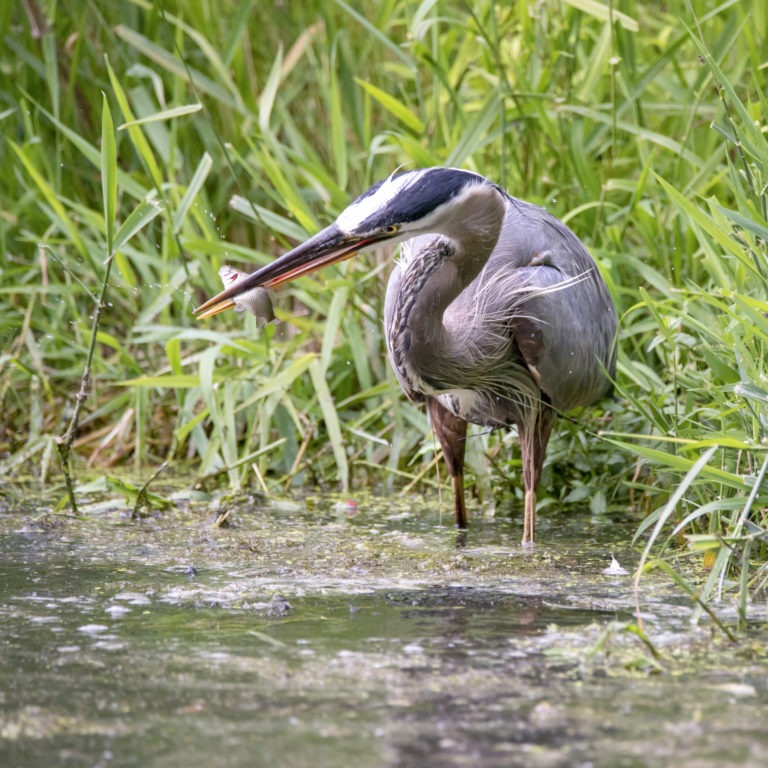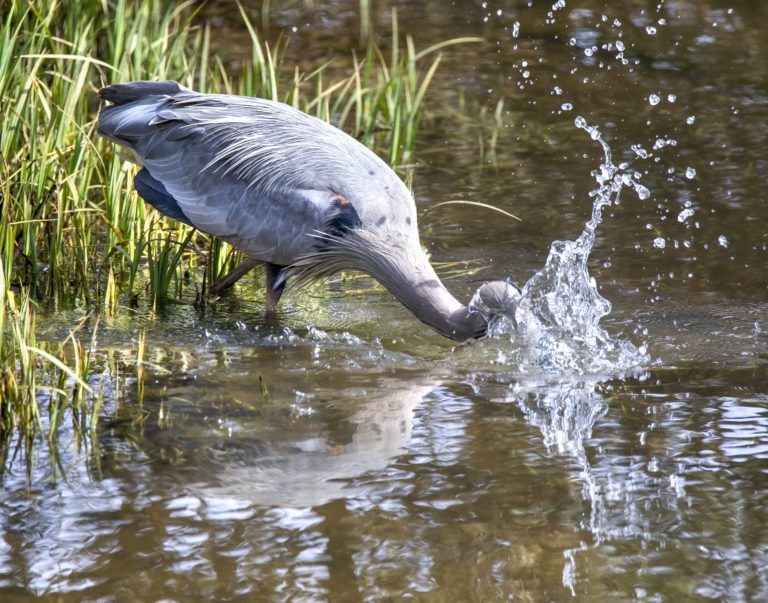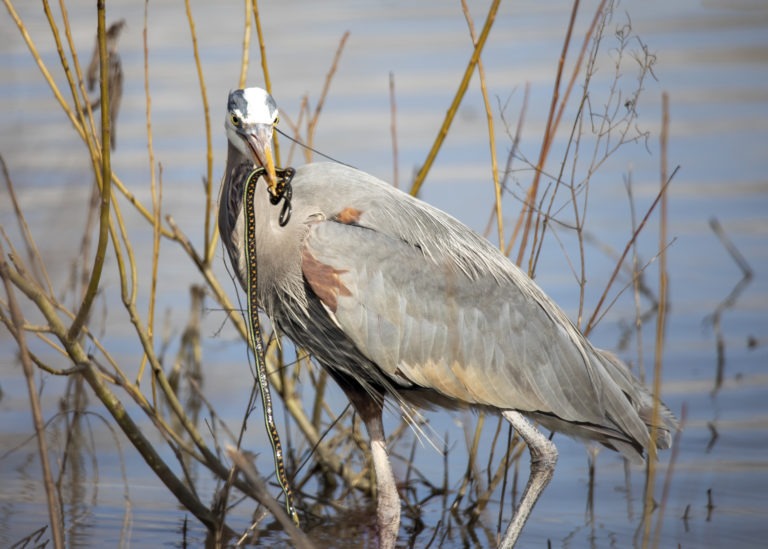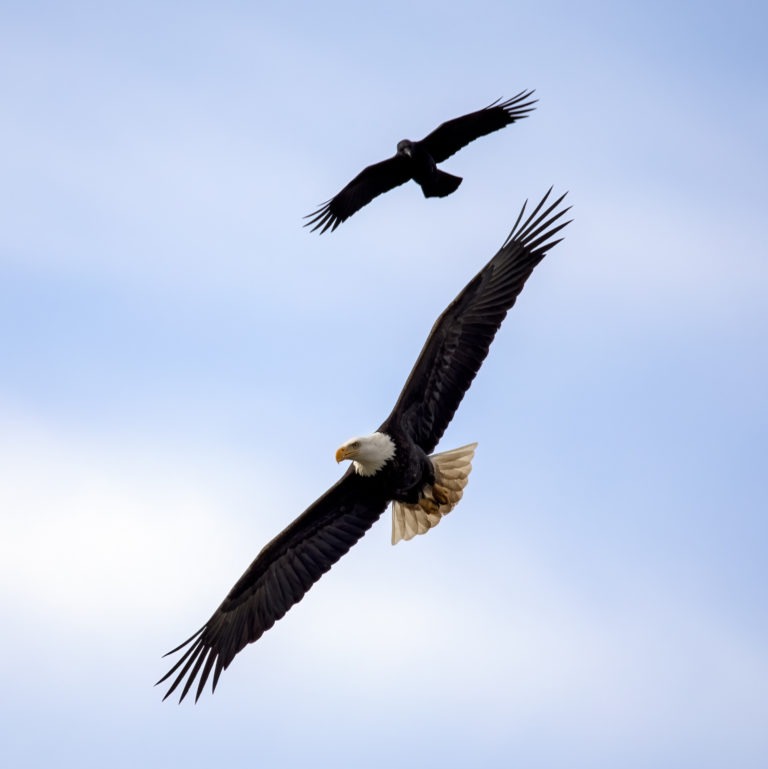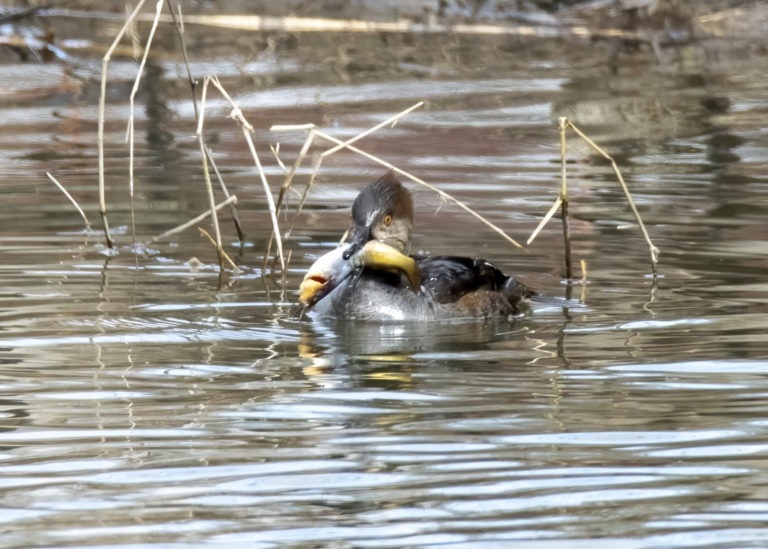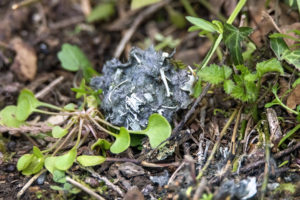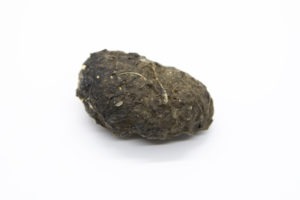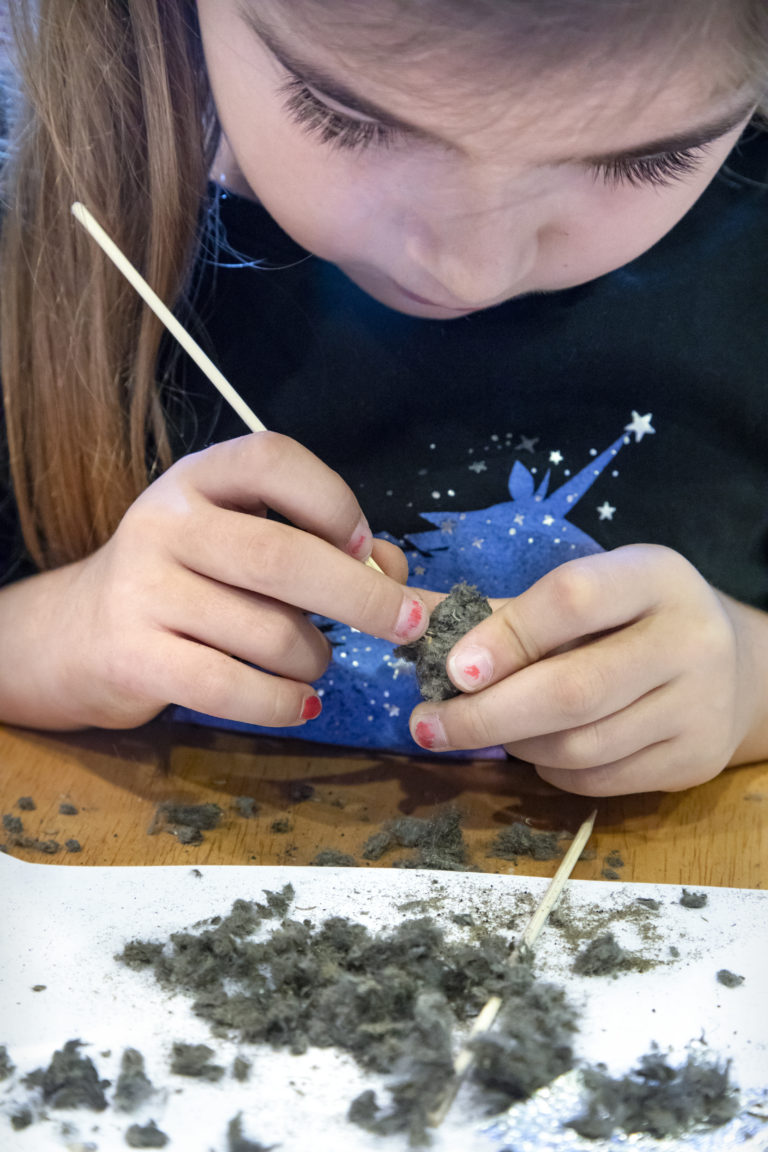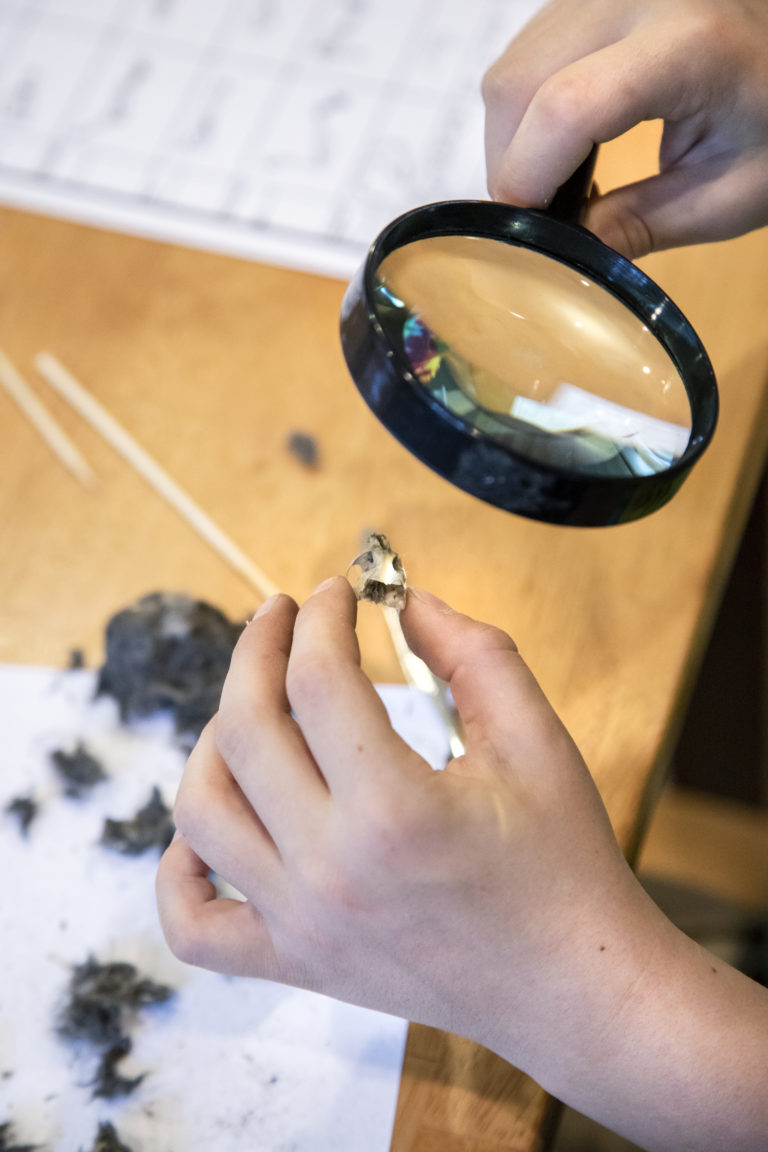Why Bird Watching Will Make You Happier
Did you know that the number of people bird watching exploded this past year? According to the Cornell Lab of Ornithology, birders around the globe set a world record in 2020. On May 9th, during the annual bird-spotting event called Global Big Day, birders reported 6,479 different bird species and 2.1 million birds—the most bird sightings ever documented in a single day! 50,000 people participated in the event this year, also an all-time high.
It makes sense. We’ve all been stuck at home with a lot more time to sit and look out the window, or go out in the backyard. And when we’re outside it’s hard not to notice the colorful, melodious birds all around us. Nothing else feels very normal right now, but the birds are normal. It’s pretty comforting. Bird watching is a fun, safe activity that anyone can do. It gets you out in nature, interacting with your environment, and observing our most visible friends from the more-than-human world. Bird watching is a fabulous activity kids can do on their own or with you. All you need are your eyeballs.
Meet the Author: Karen DeWitz
To learn the best ways to get kids excited about bird watching and fun birding activities you can do together, I talked with author, nature photographer and bird nerd, Karen DeWitz. Karen is a former teacher who has also done some writing and editing for Trackers Books (she worked on Knives & Woodcarving and several other books)! Karen has a new book out for kids that focuses on the most common and cool birds here in the Pacific Northwest. Look at That Bird! is filled with fun facts and photos of the birds kids are most likely to see in their backyards. It also gives the important details about each bird and shows kids and families the best ways to spot them. There are also fun, easy birding activities families can do together.
Why should families go bird watching?
Researchers in Germany recently published some interesting findings about happiness. It turns out that birds (seriously, birds) are strongly correlated to human happiness. The more birds there are in your area, the happier you tend to be. The great news is we live in an area filled with tons of fascinating bird species. Some may seem drab and similar until you start paying attention and looking closely. When you learn about a bird and carefully observe it over time, it shifts from being a nondescript stranger to being a distinct, recognizable individual. A friend.
Why did you write a bird book for kids?
I wrote the book because it didn’t exist. There wasn’t a guidebook about NW birds written just for kids, in a way that will get kids interested. Look at That Bird! helps kids (or any beginning birder) identify the local birds they see around them every day and learn about their cool behaviors. Unlike other guidebooks, you don’t have to wade through pages of birds that don’t live near you to get to the species you see outside your window. And unlike other guidebooks that are written for adults, I wrote this book for kids, in kid-friendly language. It is full of fascinating facts and fun activities that kids will enjoy. Any kid who can read can take this book and go out birding on their own (or better yet, with you).
Where can families go to see birds?
Kids and adults can easily find some of that scientifically-documented happiness just by grabbing a pair of binoculars and heading to the backyard or a local park. Don’t have binoculars? Don’t worry about it! Go to one of the many National Wildlife Refuges throughout our region. Many offer free programs where kids can check out binoculars. While you will see plenty of birds in your backyard or a local park, you will see way more birds when you’re in a protected space (like a wildlife refuge)—particularly if it includes wetlands.
How can parents get kids interested in birds?
Birds are the coolest! What other animals can you observe so safely and easily? A great way to get kids interested in birding is to share bizarre facts about birds (what kid doesn’t love bizarre facts?)! Look at That Bird! is full of them. For example, we’ve all seen bird poop, right? But do birds pee? And why is their poop is always white? The answer is pretty cool. Having a bladder full of pee would make birds heavier when they are flying, so they’ve developed a way to skip that step. Bird urine is a white paste that goes out with the poop. It’s made up of uric acid, which doesn’t dissolve well in water—which is why it’s so hard to wash off your car!
Do you have crows and ravens in your area? Do you have a hard time knowing which is which? Look at That bird! shows kids how to tell the difference by noting their size (ravens are huge), their calls (crows caw and ravens croak), and their tails (crow tails are flat when they fly, raven’s are wedge-shaped). These two corvids are also some of the smartest birds around. They can solve puzzles, use tools, mimic other animals (including humans), and recognize faces—even years later! Encourage kids to observe birds that may seem common, and then discover all the ways they’re amazing.
What kinds of birding activities can families do together?
Go birding together, of course. But the book is full of other fun bird-themed activities families can do together, like how to attract more birds to your yard, and how to make suet or hummingbird nectar. One of my favorite activities to do with kids is dissecting owl pellets. Did you know there are 14 different species of owl in the Pacific Northwest? Owls have all kinds of weird physical adaptations—they can turn their heads nearly all the way around (270 degrees) and their eyeballs are tube shaped (that’s why you never see sarcastic eye-rolling owls!).
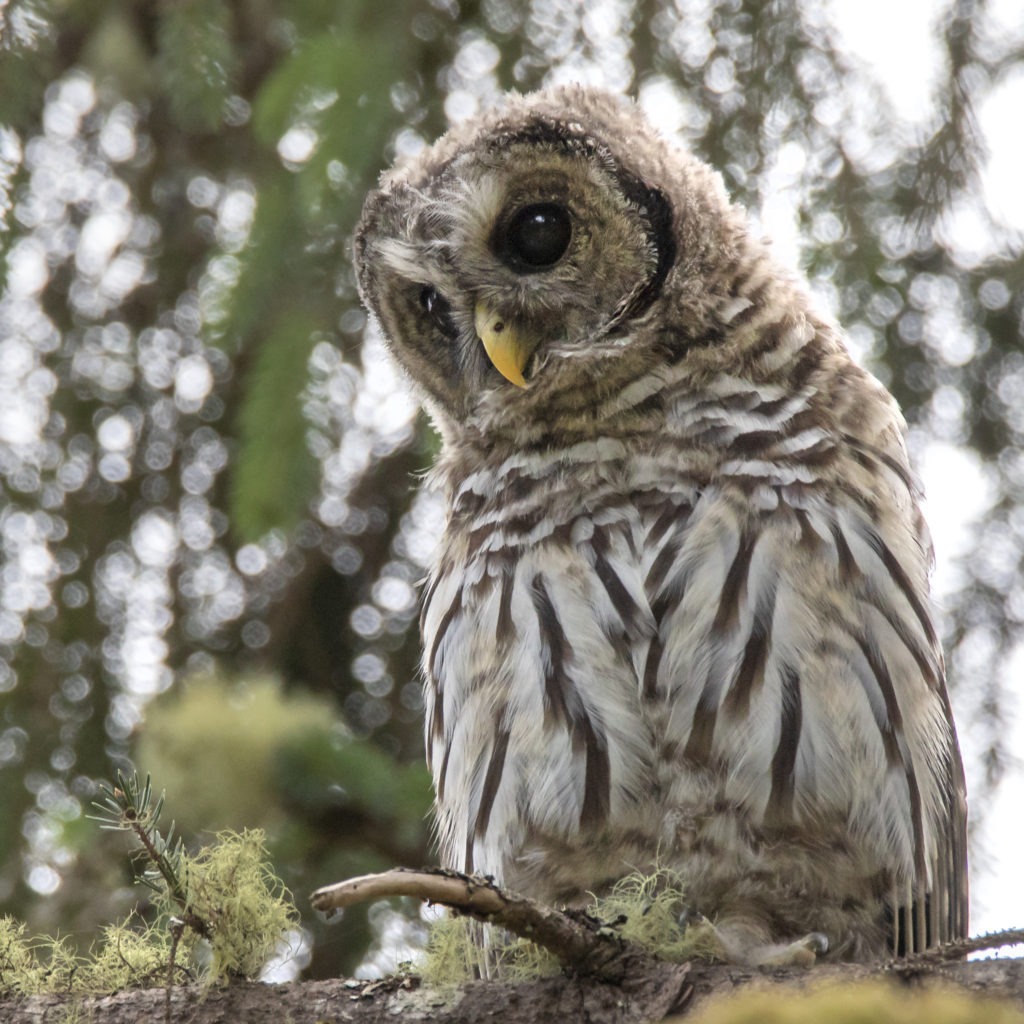
Awesome Activity: Dissect owl pellets!
One of the coolest things about owls is how they eat. Owls swallow their food whole or nearly so. Then, once or twice a day, they cough up a wad of the stuff they can’t digest—bones, fur, teeth, insect exoskeletons. Since owl stomachs aren’t very acidic, the stuff that comes out is still remarkably whole and pristine. These clumps, called owl pellets, are a goldmine of archeological fun for kids. Once they’re properly sanitized, owl pellets don’t even smell, and you can dig through to discover just what the owl ate that day.
- How to find them: Search where the owls live. Wooded areas are good, and so are farms. Look for owl pellets at the base of large trees and inside barns where you’ve seen an owl or suspect they might be nesting. The pellets are small, so look carefully.
- If you can’t find any: you can also buy sanitized owl pellets online.
- Wear gloves: Be sure to wear gloves when picking up owl pellets in the wild. Birds can carry unwanted bacteria that might make you sick if you don’t wash your hands properly.
- Sanitize them: Before dissecting, wrap each pellet in foil and bake it in the oven at 325 degrees F for 40 minutes. This will kill any unwanted bacteria.
- Prep your work surface: Lay out some white paper or a paper plate on your work surface. You don’t want to lose any of the treasures you find!
- Use tools: Once the pellet has cooled, carefully peel back the foil. Tweezers and a magnifying glass work great for spotting and pulling out tiny bones and such. Wooden kabob skewers or even toothpicks also work well.
- Dig in! Use your skewer or tweezers to dig carefully into the owl pellet. Pry apart small bits carefully. Treat the process like you’re doing an archeological dig for dinosaur bones. If you go too fast, you might break a fragile bone. As you uncover animal remains—bones, teeth, etc—set them aside on your plate or paper.
- What did you find? When you’re done dissecting, it’s just as fun to identify the pieces and figure what the owl’s meal was. Find a chart online or inside Look at That Bird! Some kids enjoy gluing the bones onto cardboard to recreate the digested critter.
Who doesn’t need a happiness boost right now? Or a reason to get outside with your kids in the spring sunshine? Get a copy of Look at That Bird! or another guidebook and head out to meet the birds that live all around you. Help your kids discover the incredible coolness of birds and bring on some of that birding happiness!
Special thanks to Karen DeWitz for providing the beautiful photos for this blog!
